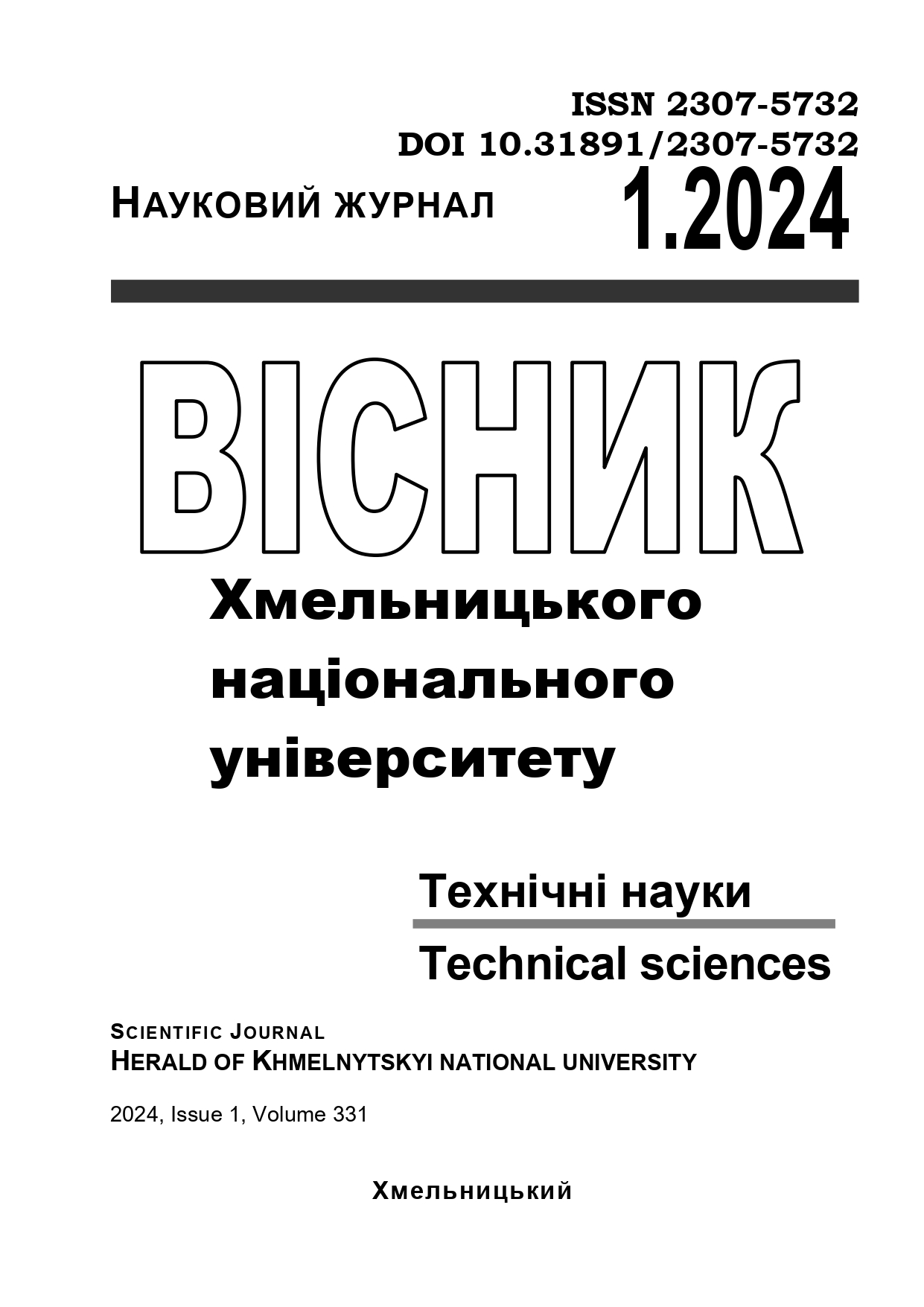DETERMINATION OF FRACTURE AND WATERING ZONES IN AN IRON ORE DEPOSIT BY AN INNOVATIVE GEOPHYSICAL METHOD
DOI:
https://doi.org/10.31891/2307-5732-2024-331-72Keywords:
iron ore deposit, fracturing, watering, difficult mining and geological conditions, natural pulsed electromagnetic field of the Earth, electrical prospecting methods, innovationsAbstract
The article considers the possibilities of studying fracture zones in quarries and mine workings, as well as on the surface, using an innovative geophysical method of the natural pulsed electromagnetic field of the Earth (NPEMFE). It was used at the Bilozerskoye iron ore deposit to identify areas of increased watering and fracturing. The results of the method application showed good agreement with the fracture measurements taken in the workings. The analysis of the results of the studies carried out using a set of geological and geophysical methods to predict fracture zones with increased permeability on the southern flank of the Bilozerskoye iron ore deposit allows us to draw conclusions about the size of watering and fracture zones, their extension, and provide recommendations for the safe development of such areas during mining operations. In order to find out the position of fractured zones under the rocks of the sedimentary cover on the surface, a study of PIEMZ was carried out. They were carried out at two sites in extremely difficult man-made conditions on the surface near the mine dump.
Zones of increased fracturing with dominant azimuths of sublatitudinal and submeridional extension are identified within the ore body, which are confined, mainly, to the rocks of the lying and hanging sides. The identified zones are 20 m to 120 m long and 10 m to 20 m wide. In the junctions of the sub-latitudinal and sub-meridional zones, increased fracturing and hydration of crystalline rocks is expected, where concentrated flow of groundwater from the higher aquifer in the form of concentrated jets may also occur.
Intersection nodes in the rocks of the lying side, as well as at the contact of the ore body and rocks of the lying side, are predicted to be the most water-rich.
Keywords: iron ore deposit, fracturing, watering, difficult mining and geological conditions, natural pulsed electromagnetic field of the Earth, electrical prospecting methods, innovations.

